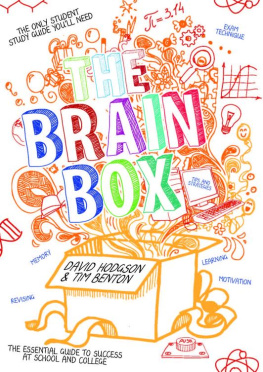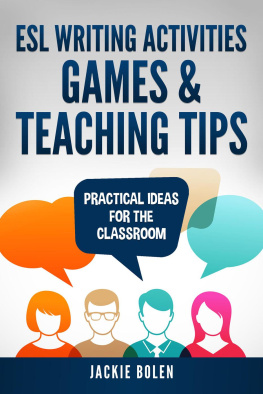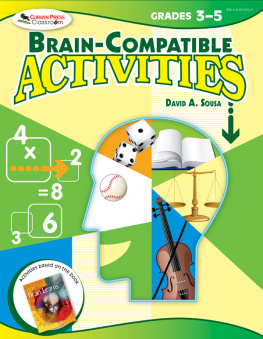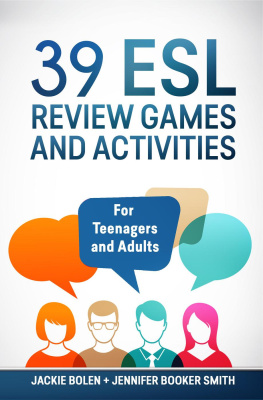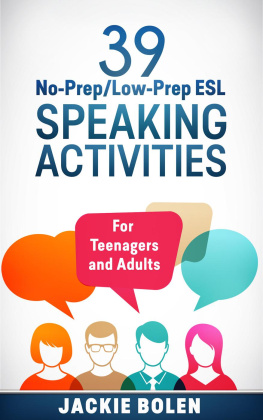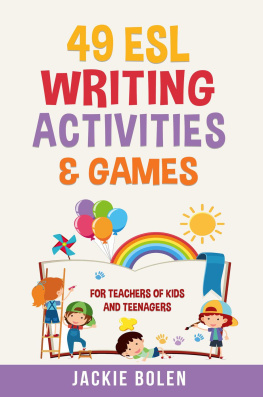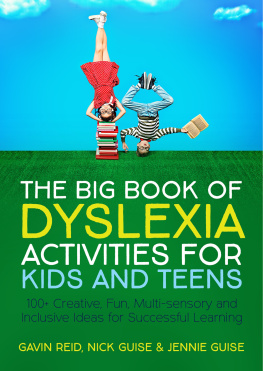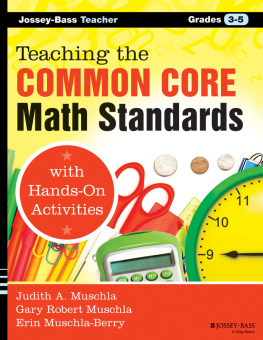
THE LITTLE BOOK OF
INSPIRATIONAL
TEACHING ACTIVITIES

Bringing NLP into the Classroom

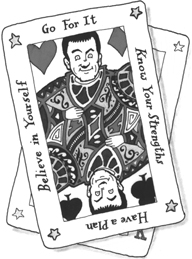

David Hodgson Edited by Ian Gilbert 


Crown House Publishing Limited
www.crownhouse.co.uk www.crownhousepublishing.com
First published by
Crown House Publishing Ltd
Crown Buildings, Bancyfelin, Carmarthen,
Wales, SA33 5ND, UK
www.crownhouse.co.uk
and
Crown House Publishing Company LLC
6 Trowbridge Drive, Suite 5, Bethel, CT 06801, USA
www.crownhousepublishing.com
David Hodgson 2009
The right of David Hodgson to be identified as the author of this work has been asserted by him in accordance with the Copyright, Designs and Patents Act 1988.
Illustrations Les Evans 2009
Les Evans has asserted her right under the Copyright, Designs and Patents Act 1988, to be identified as Illustrator of this Work
First published 2009. Reprinted 2009.
All rights reserved. The purchase of this book entitles the teacher to photocopy pages 63 and 64 for use in the classroom only. Except as permitted under current legislation no other part of this work may be photocopied, stored in a retrieval system, published, performed in public, adapted, broadcast, transmitted, recorded or reproduced in any form or by any means, without the prior permission of the copyright owners. Enquiries should be addressed to Crown House Publishing Limited.
British Library Cataloguing-in-Publication Data A catalogue entry for this book is available from the British Library.
ISBN 978-184590136-3 LCCN 2008936821
eBook ISBN 978-184590429-6
Printed and bound in the UK by
Crowmwell Press Group, Trowbridge, Wiltshire
Dedicated to Jonty, John and Jason
Foreword
An academic, a psychologist and an NLP practitioner walked into a bar. While theyre there they have a discussion about NLP. The academic dismisses it outright as there is no specific academic research to back up its claims about helping people communicate better, understand each other better and get more out of everyone including ourselves. The psychologist also dismisses it, claiming that it is a pseudoscience using pseudoscientific language to pretend to be something that no-one has proved it is. The NLP practitioner, meanwhile, is enjoying his pint and has just managed to get a date with the girl behind the bar.
Whatever it isnt, what NLP is is a fascinating way of experimenting with language, with communication, with thinking and with interactions that, regardless of what the theorists may say, does make a tangible difference in the real world (whatever that is as we all have different ones).
NLP or Neuro-Linguistic Programming (and here the psychologist may have a point) grew out of the work of academic linguist John Grinder and student Richard Bandler in California in the 1970s. They were looking at the language and strategies employed by three great therapists, Fritz Perls, Virginia Satir and Milton Erickson. Picking through hours of video and audio tapes of therapy sessions led by these three, one of the things that Bandler and Grinder identified was that there were just three main patterns of behaviour that could be found in successful communication:
To know what you want.
To be flexible enough to try different things to achieve it.
To have enough sensory acuity to notice what is happening when it is.
From these early roots the huge sprawling empire that is NLP was born, spawning a thousand copyists and a million acolytes and more than just a handful of people who are very scathing about the whole thing.
For teachers who have not heard of NLP, be aware that the whole world of VAK teaching and learning comes from it. This is the idea that when we take ideas into our head from the outside world they can only come in through our senses and, putting olfactory and gustatory to one side for most, if not all, classes, that means we must help people learn in visual, auditory and kinaesthetic ways. Good multi-sensory learning is not too controversial but the idea that we have a preferred way of learning across VAK does cause the academic theorists to get a bit agitated in their seats. Where some schools have taken it to an illogical extreme: Im a kinaesthetic learner so dont ask me to listen to you as Ill be too busy playing with this koosh ball.' I have seen it all too often where the child struggling to understand a concept in one modality, say by the teacher telling them it, gets it immediately when shown it or physically representing it.
Dave Hodgson has been successfully using NLP for many years to help young people get a little closer to their potential. What he has put together in this handy Little Book is a collection of powerful but simple ideas, strategies and exercises that allow anyone to draw on some of the best elements of NLP and get the most out of their own students in the classroom and beyond.
Artfully arranged as set of playing cards with themes based around the four suits, a teacher armed with this book can immediately get to grips with NLP in the classroom and make their own conclusions about how effective it is as a tool for communication and inspiration.
And remember, as was once famously said, The map is not the territory. NLP may not exist, but it works.
Ian Gilbert, Suffolk
March 2009
Preface
The little book of big pants?
I had an idea for an activity. I went into British Home Stores and hung around the bra and pants section, plucking up the courage to study the knickers on display. I didn't realise there was such a wide choice. Determined not to make eye contact with anyone, I focused on the pants. Then I saw what I was after. In the same way that a bride knows she has found the ideal wedding dress, I realised they were the ladies' pants for me. I took three pairs of size 22 in pink, white and green. That's a lot of 100% cotton for just 5. I hurried across to the counter and handed them over, thankful there was not a long queue. As the middle-aged lady assistant peered over the rim of her glasses to get a better look at me, I was reading her mind, 'It's OK,' I said helpfully, 'they're for my work.' I had hoped this would make it seem less odd, but I think it just made things worse. The next day I delivered a session to a group of students. I told the story of my shopping experience and then explained the game:
I divided them into three teams. When the music started they were to take turn in putting on the pants. But and here's the twist they had to do it wrong. Their task was to discover as many incorrect ways of putting on the pants as they could while the music played. And so they did, to the theme music from
Next page

